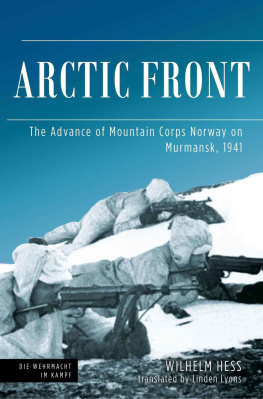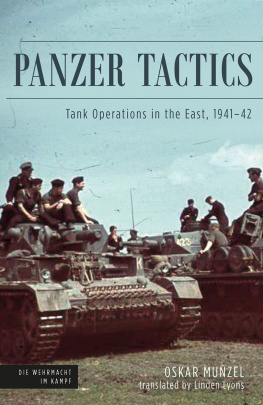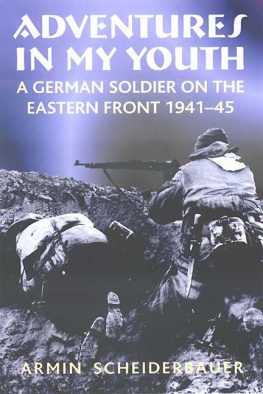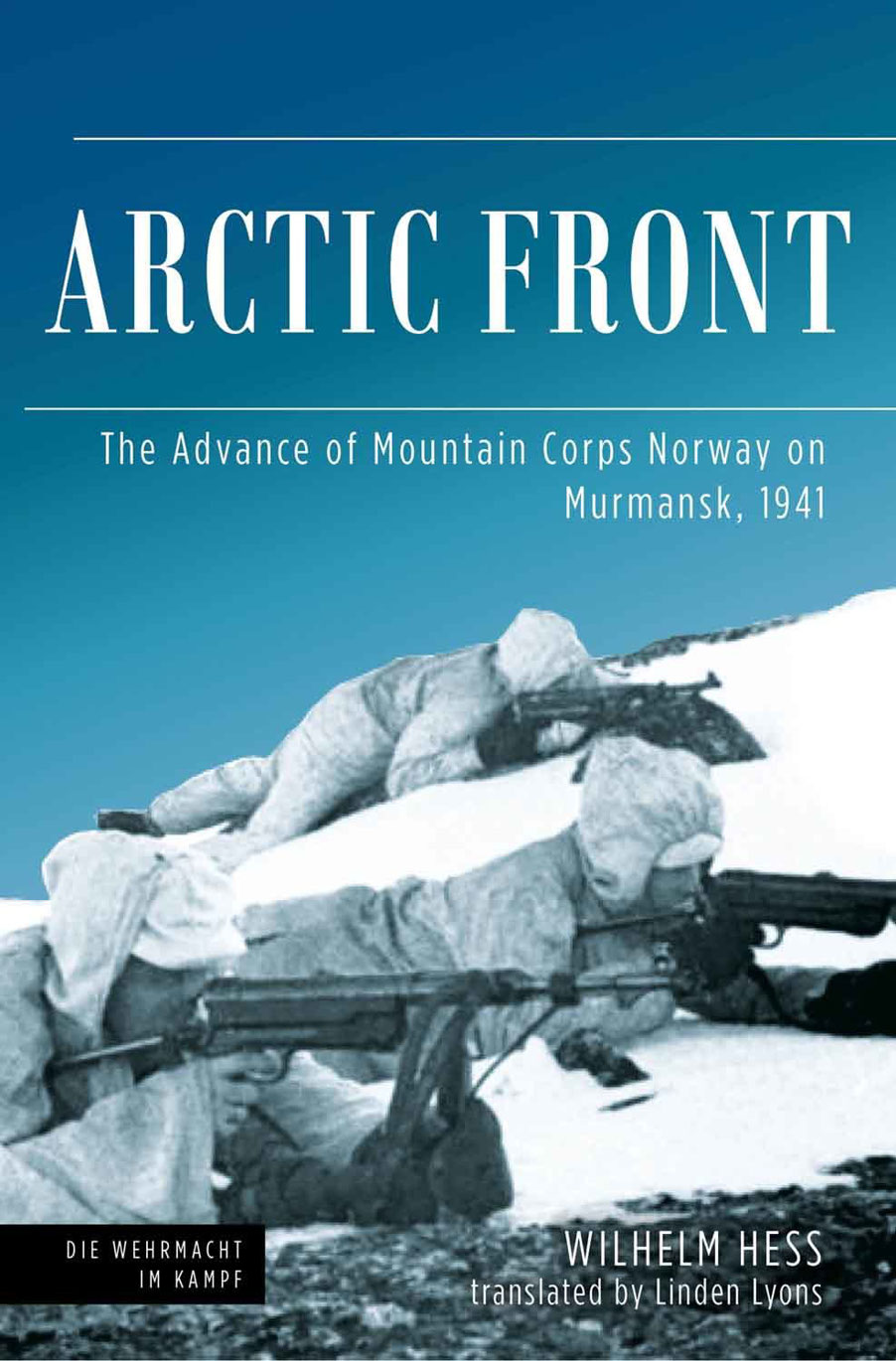Col Gen Wilhelm Hess - Arctic Front: The Advance of Mountain Corps Norway on Murmansk, 1941
Here you can read online Col Gen Wilhelm Hess - Arctic Front: The Advance of Mountain Corps Norway on Murmansk, 1941 full text of the book (entire story) in english for free. Download pdf and epub, get meaning, cover and reviews about this ebook. City: Oxford, year: 2021, publisher: Casemate, genre: History. Description of the work, (preface) as well as reviews are available. Best literature library LitArk.com created for fans of good reading and offers a wide selection of genres:
Romance novel
Science fiction
Adventure
Detective
Science
History
Home and family
Prose
Art
Politics
Computer
Non-fiction
Religion
Business
Children
Humor
Choose a favorite category and find really read worthwhile books. Enjoy immersion in the world of imagination, feel the emotions of the characters or learn something new for yourself, make an fascinating discovery.
- Book:Arctic Front: The Advance of Mountain Corps Norway on Murmansk, 1941
- Author:
- Publisher:Casemate
- Genre:
- Year:2021
- City:Oxford
- Rating:3 / 5
- Favourites:Add to favourites
- Your mark:
Arctic Front: The Advance of Mountain Corps Norway on Murmansk, 1941: summary, description and annotation
We offer to read an annotation, description, summary or preface (depends on what the author of the book "Arctic Front: The Advance of Mountain Corps Norway on Murmansk, 1941" wrote himself). If you haven't found the necessary information about the book — write in the comments, we will try to find it.
In 1941, military operations were conducted by large formations along the northern coast of Scandinavia for the first time in history of warfare. A modern army suddenly swept into that isolated and inhospitable region that was yet to possess the level of importance it would later assume in Cold War polar strategy. The Arctic Front was the northernmost theater in the war waged by Germany against Russia. For a period of four years, German troops from all branches of the Wehrmacht fought side by side with Finnish border guard units.
The high point of the war on the Arctic Front was the assembly and advance of Germanys Mountain Corps Norway in the summer and autumn of 1941. Commanded by general of the mountain troops, Eduard Dietl, and composed of the 2nd and 3rd Mountain Divisions, the Mountain Corps advanced out of occupied North Norway, assembled in the Petsamo Corridor in North Finland, and struck into Russian territory in an attempt to seize Murmansk. It did not reach its objective. This account of the operation was written by Wilhelm Hess, quartermaster of the Mountain Corps Norway. He draws upon his personal experience of the conditions and actions on the Arctic Front in order to describe and analyze the environment, the sequence of events, and the reasons behind certain decisions. In addition to describing how operations conducted by the Mountain Corps unfolded, Hess provides insight as to how the terrain, the flow of supplies, and the war at sea impacted those operations.
Table of Contents
Foreword
1. The Mountain Corps Norway
2. Fennoscandia and Kola
3. The threat from the west
4. Assembly of forces in the east
5. Operational plans
6. Petsamo
7. Cutting off Rybachy Peninsula
8. Overcoming the border fortifications
9. Meeting engagements
10. The first attack over the Litsa River
11. The second attack over the Litsa River
12. The operations of the 6th Destroyer Flotilla
13. Mopping up the Duchy
14. The last days of summer
15. The third attack over the Litsa River
16. The reasons for failure
17. Upheaval and relief
18. Positional warfare and the line of security
19. On the Luttojoki River
20. The supply of the mountain corps
Col Gen Wilhelm Hess: author's other books
Who wrote Arctic Front: The Advance of Mountain Corps Norway on Murmansk, 1941? Find out the surname, the name of the author of the book and a list of all author's works by series.
















